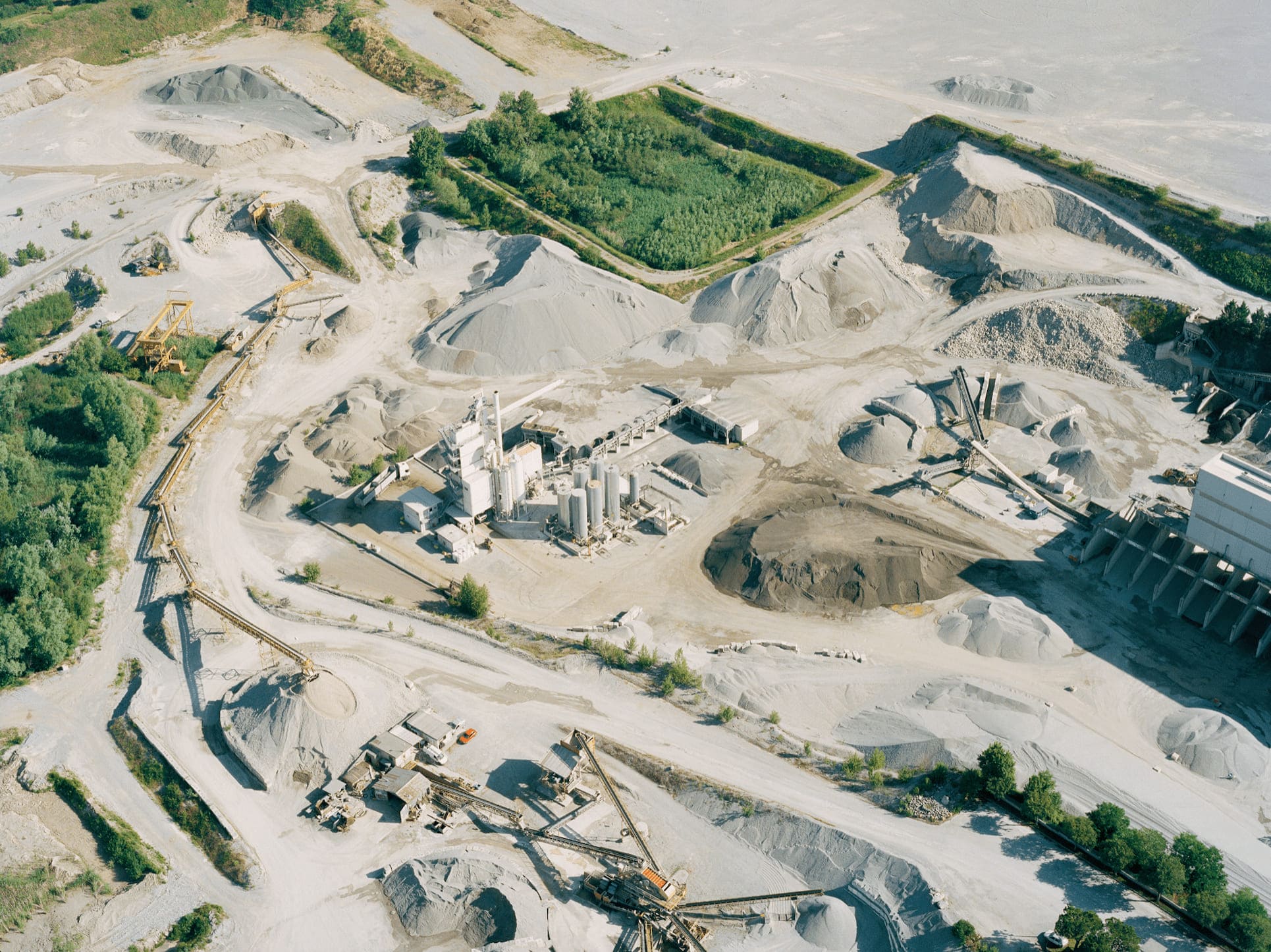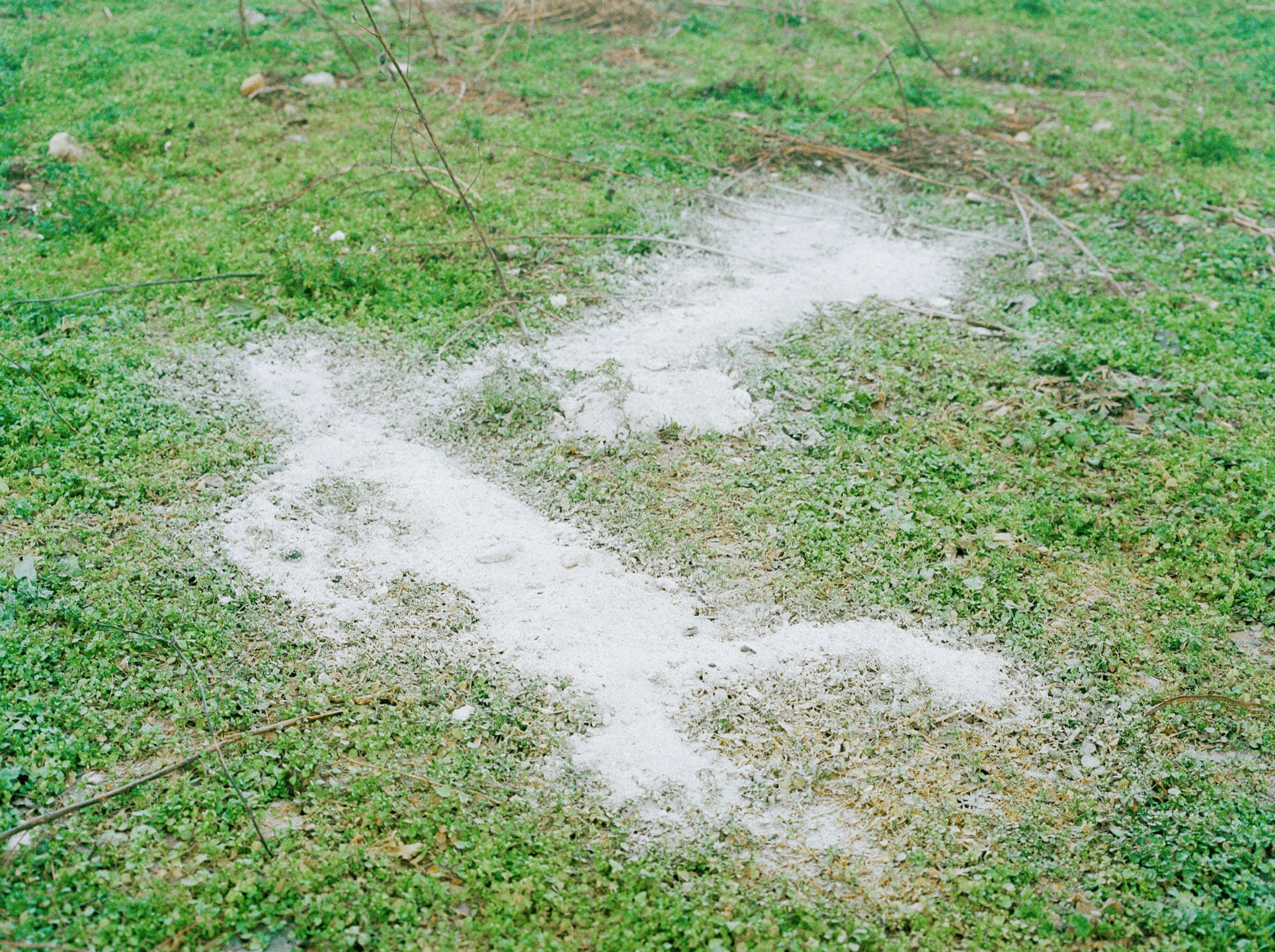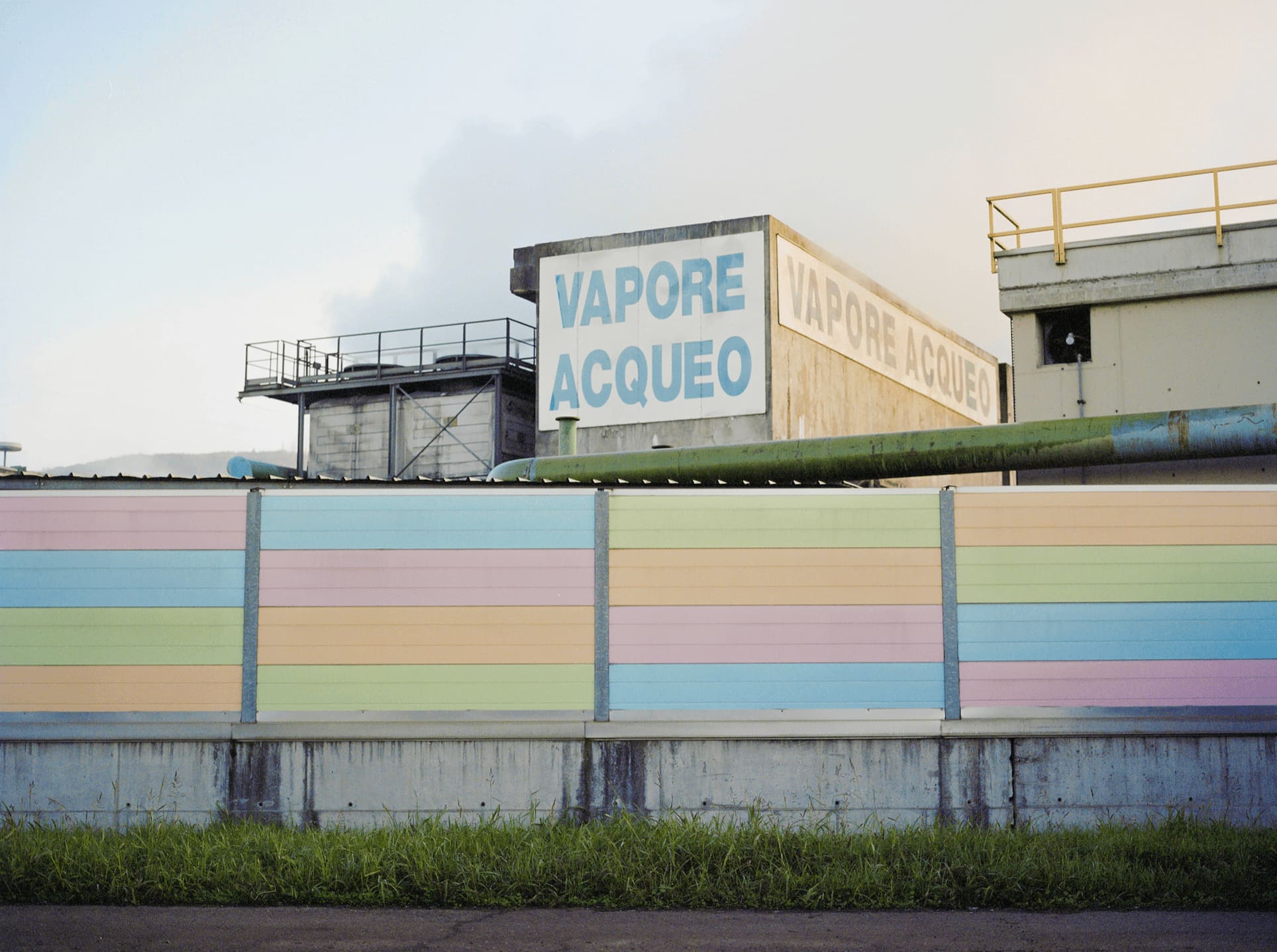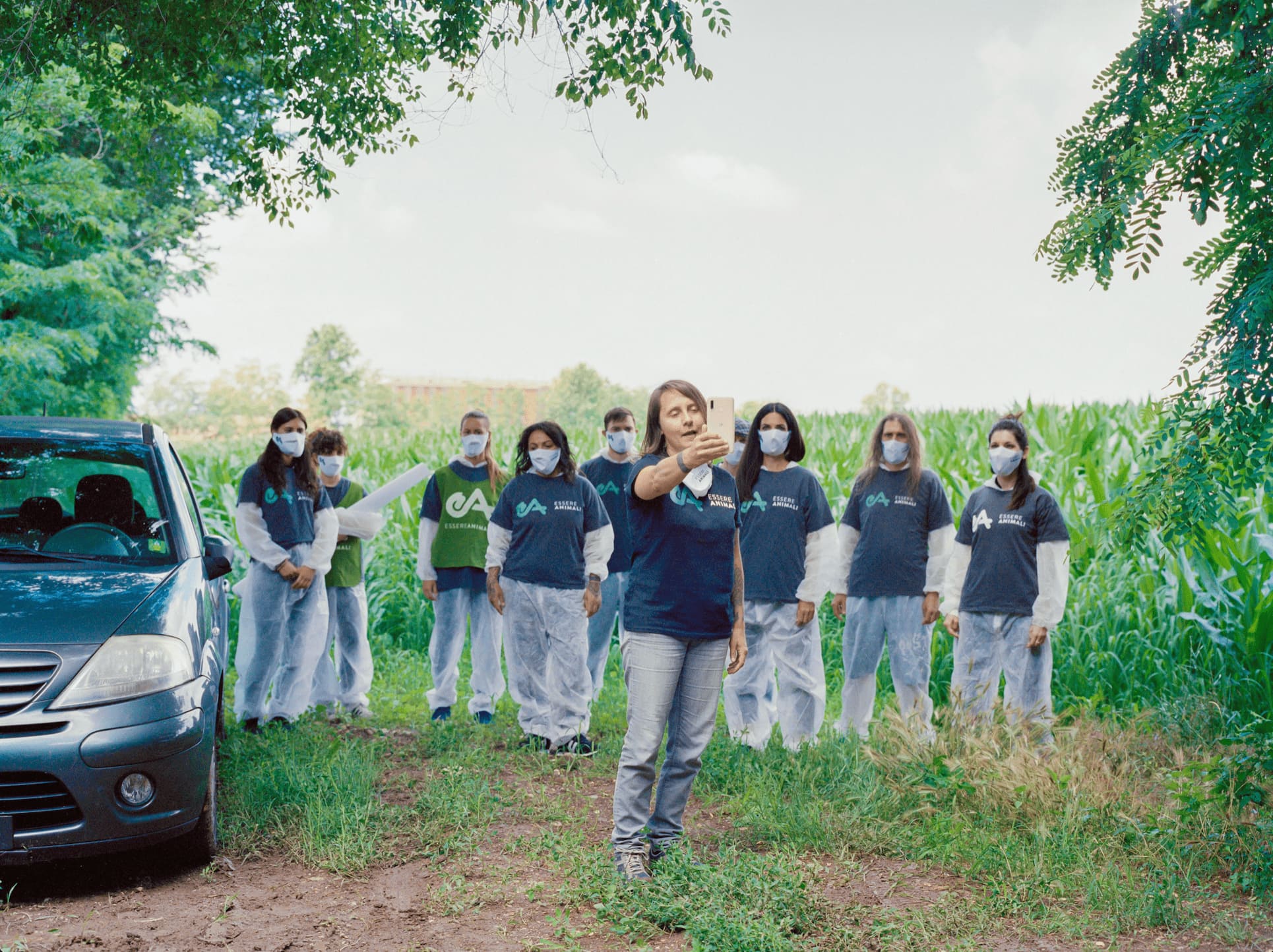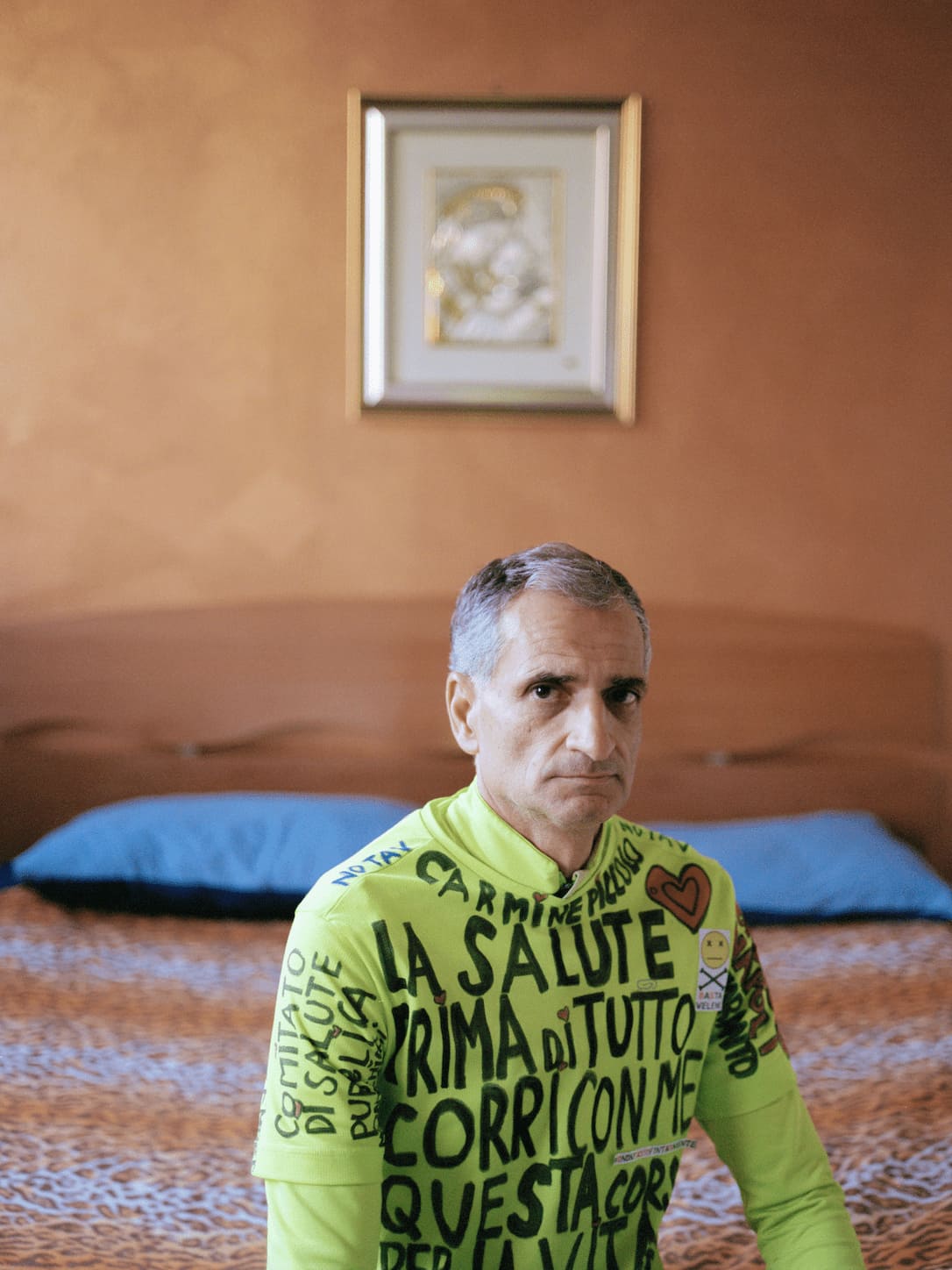In the last hundred years the city of Brescia and its province have experienced an exceptional transformation and subsequent economic development, mostly thanks to the engineering and mining sectors (gravel, sand and marble) and it is to the latters’ quarries that we owe the name “land of holes”. Since the 1980’s the presence of these huge holes, ready to be filled, has been a major resource for the waste landfill business. The lack of laws regulating waste disposal, mafia infiltration and the search for maximum profit by industrialists have created a seemingly efficient economic system but with disastrous consequences for the territory and its inhabitants.
The incidence of cancer and other pathologies is much higher here than in the rest of the country; the province boasts the presence of one of the largest incinerators in Europe, an enormous concentration of landfills, the highest number of radioactive sites and battery farms in Italy (there are more pigs than people) and one of the two widest and worst contaminations by PCB ever recorded in the world (the Caffaro case is still considered one of the worst environmental disasters in the Italian history).
According to a study published by The Lancet Planetary Health journal in 2021, Brescia also ranks worst in Europe in fatalities related to fine particulate matter (PM 2.5).
Over the past few months many studies have linked the exceptional spread and mortality rate of Covid-19 in this area to the pre-existing air contamination.
Public committees and environmentalists, who are trying to fight these policies, have to face stiff opposition from institutions and the indifference of most of their fellow citizens.
The province of Brescia concentrates an incredibly high number of environmentally critical issues in its territory and represents a significant example that helps to understand how the current development models are absolutely unsustainable and destructive for the environment and for the people.
Photo copyright: © Mattia Marzorati


